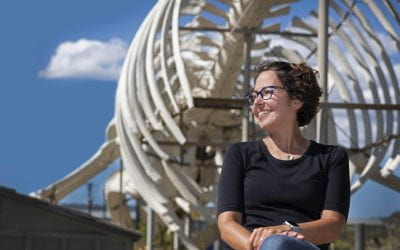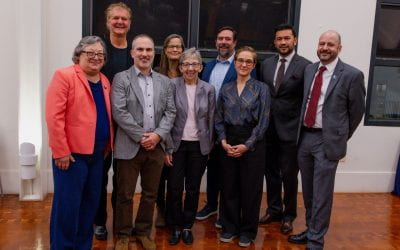Conservation Genomics
Mega-droughts, fires, and other climate crises have increased the urgency of documenting and conserving species, particularly in California. We are ramping up our efforts to catalog genomic diversity and set up networks to save species before they disappear.
Browse the sections below to learn about some of our ongoing projects for sequencing both living and extinct species, cataloging genomic diversity, and building tools to visualize and manage environmental DNA.
Sequencing Species
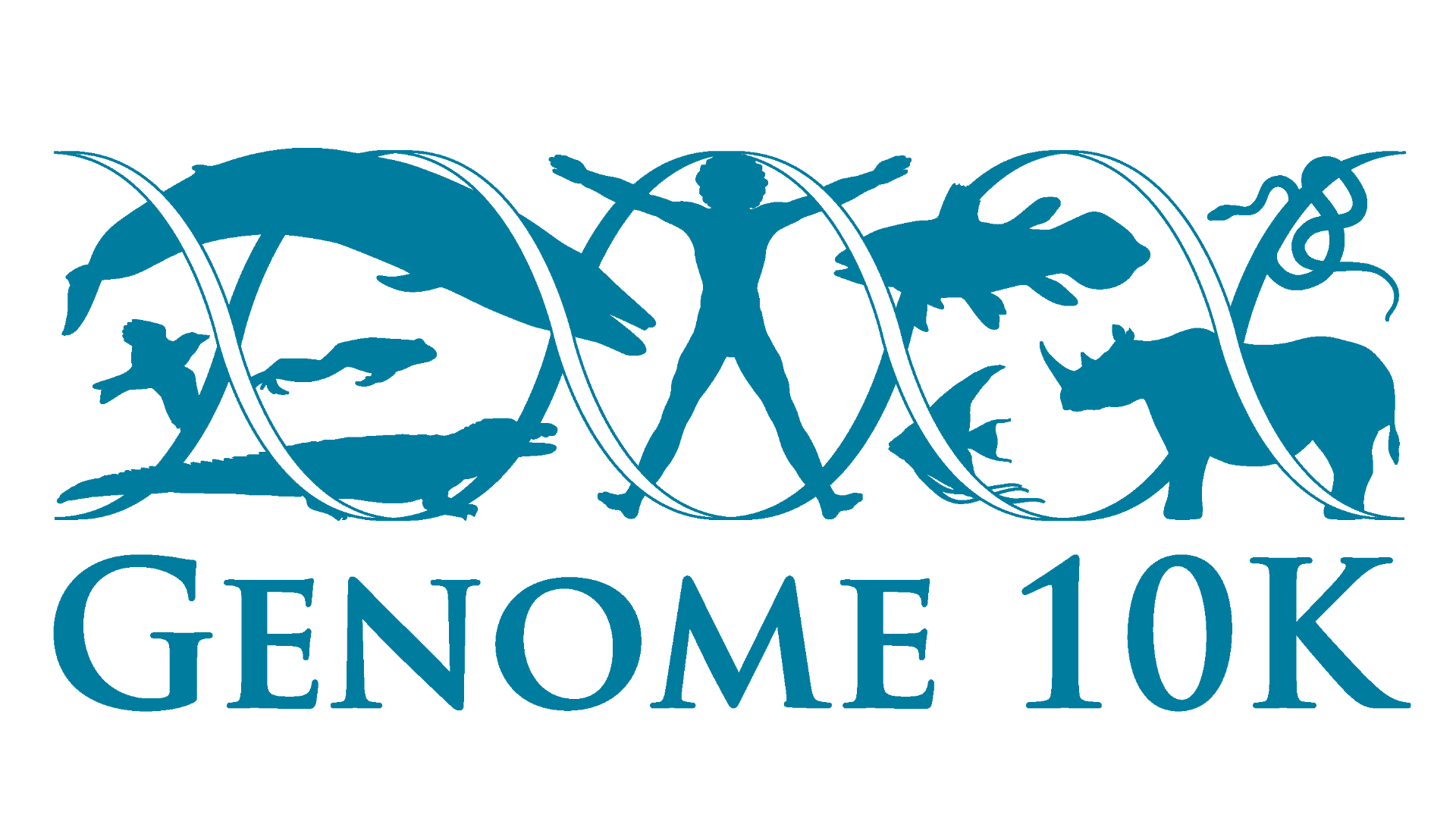
Vertebrate Genome Project
The Vertebrate Genome Project aims to assemble a genomic zoo — a DNA sequence collection representing 10,000 vertebrate species genomes. David Haussler helped initiate the related Genome 10K project in 2009, and the Genomics Institute researchers continue to play a large role. We have also developed a genome alignment software, Progressive Cactus, to make large-scale comparative genomics studies of these vertebrate genomes possible.
Sequencing Evolutionary History
The Paleogenomics Lab at UC Santa Cruz is a joint venture between Beth Shapiro and Ed Green that focuses on the application of genomics techniques to better understand how species and populations evolve through time. Beth Shaprio literally wrote the book on How to Clone a Mammoth, and the lab continues to sequence ancient DNA, including that of our own Neanderthal ancestors, to see how species have evolved. Their DNA extraction techniques have also been used to solve cold cases.
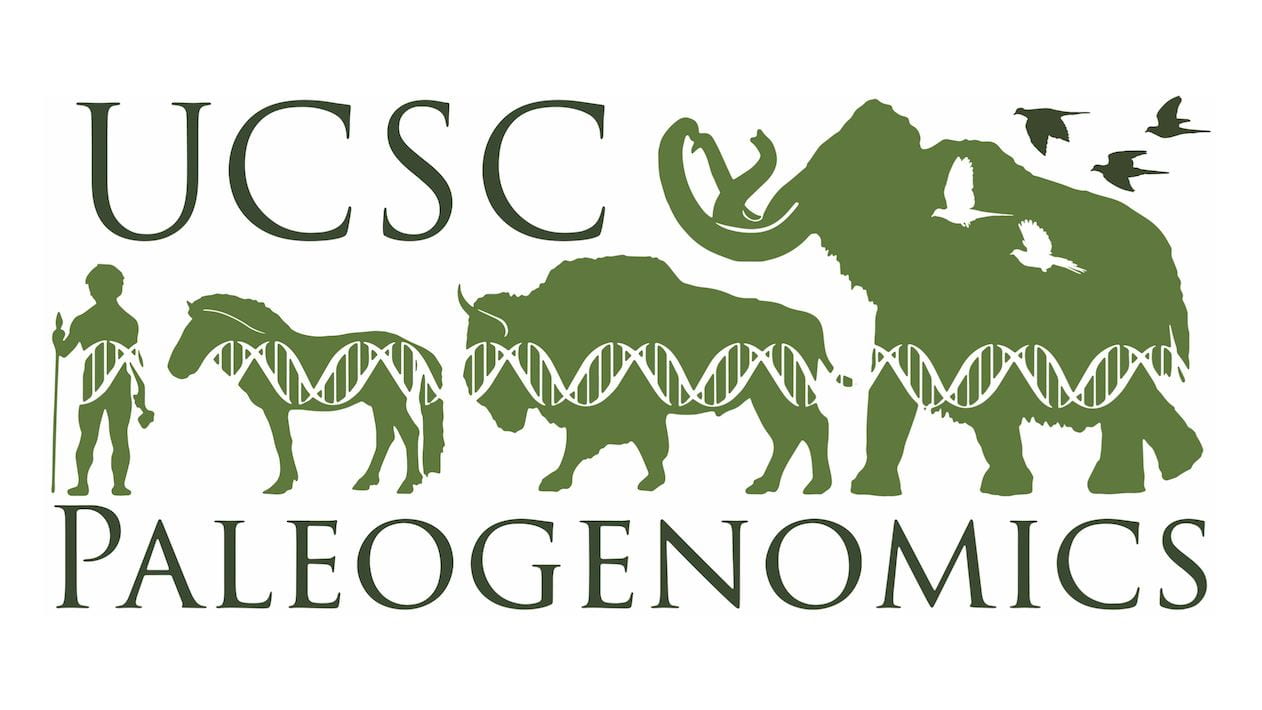

California Conservation Genomics Project
The UCSC Genomics Institute is proud to be participating in the CCGP, which aims to sequence the genomes of 230 species in California in order to create a comprehensive genomic dataset for managing regional biodiversity. Russ Corbett-Detig’s lab is the bioinformatics team for the project, and Beth Shapiro is on the scientific executive committee and technical committee.
Banana Slug Genome
Campus first undertook a crowdfunded effort to sequence the genome of our mascot, the banana slug (Ariolimax dolichophallus) in 2015, but the project was incomplete. In 2019 as part of an Institutional Research Training Grant (T32), incoming Biomolecular Engineering & Bioinformatics graduate students produced short-read sequencing data for the banana slug over a two week training “boot-camp.” This data, along with data produced using other methods, was used by Max Genetti and Jonas Oppenheimer to generate a chromosome-scale assembly. Now funded through the California Conservation Genomics Project, the results are expected to be published in 2023 and will provide useful insight on species diversity and unique slug features like “slime genes” and numbing properties.
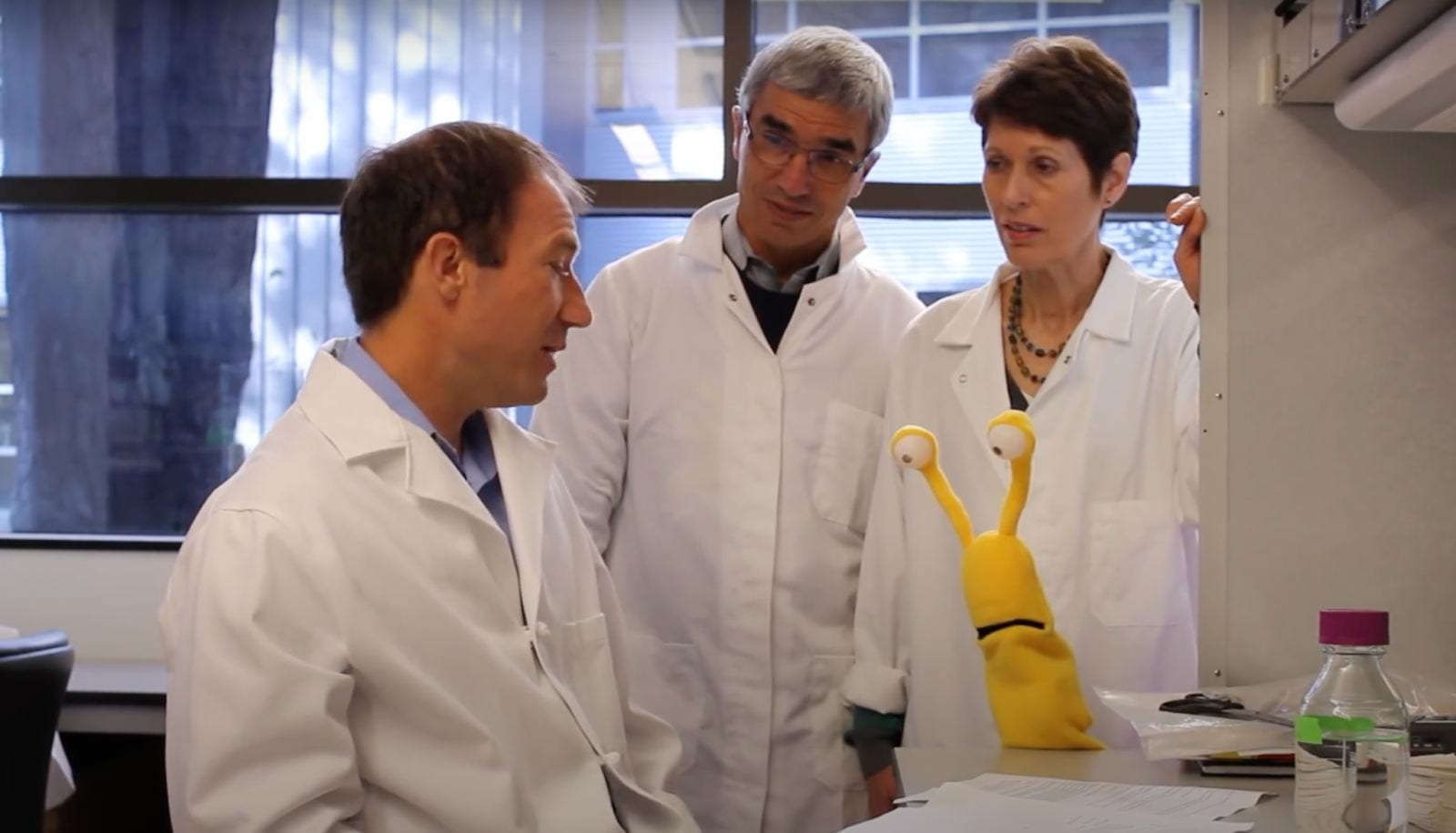
eDNA for Conservation
eDNA, or environmental DNA, is DNA from living organisms that can be found in the environment. Scientists use advanced tools to detect these tiny fragments of DNA in samples of soil or water in order to detect the presence or absence of different species in an area. This allows conservationists to know what the current biodiversity of an area is, and can provide clues on how organisms interact with one another.

CALeDNA
California is home to many unique species that live nowhere else in the world, but it is in risk of losing its biodiversity as natural habitats disappear. The CALeDNA project aims to monitor biodiversity by having community scientists work with researchers collect soil and sediment samples from across California to become frozen archives, and to sequence and analyze environmental DNA in the samples. UC Santa Cruz is proud to be one of the headquarters of this project.
ASPIRE
Accelerating Science to Prepare for an Inclusive and Resilient Earth (ASPIRE), is modeled from University of California’s successful CALeDNA program and will use eDNA to track biodiversity changes driven by drought, wildfire, agriculture, and urbanization, as well as other forms of human impact. These data will be key to devising strategies to prevent future biodiversity loss. Undergraduates will participate in the field work, engaging the next generation in conservation science.


Collaborations with National Parks
The UC Santa Cruz Genomics Institute supports a number of collaborations with National Parks to allow them to use environmental DNA (eDNA) to make land management and conservation decisions. Rachel Meyer’s lab works with national parks to collect soil and water samples that they use to determine what species are and are not present in a particular area, and how this changes over time. Projects have included tracing harmful algae blooms in Alaska, monitoring watersheds in Hawaii, and determining what factors were leading sea otters to populate certain inlets and not others in California.
NASA BioSCape
UC Santa Cruz scientists are collaborating with NASA on their new BioSCape project, “the first Biodiversity field program incorporating airborne imaging spectroscopy, lidar, and field observations across South Africa’s Greater Cape Floristic Region (GCFR).” UC Santa Cruz’s role will be to collect eDNA samples that NASA can then compare to the data it is able to collect from the air. We completed our first round of data collection in 2022 and will be returning again in 2023.
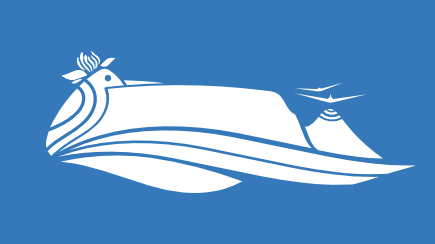
Developing Tools
Comparative Genomics Software
Comparative genomics uses genomic data to study the evolutionary relationships among species and to identify DNA sequences with essential functions conserved across many species. As mentioned above, researchers at the Genomics Institute developed a powerful genome alignment software, Progressive Cactus, that has made new studies possible, including the largest genome alignment ever achieved (more than 600 vertebrate genomes). The results provide a detailed view of how species are related to each other.
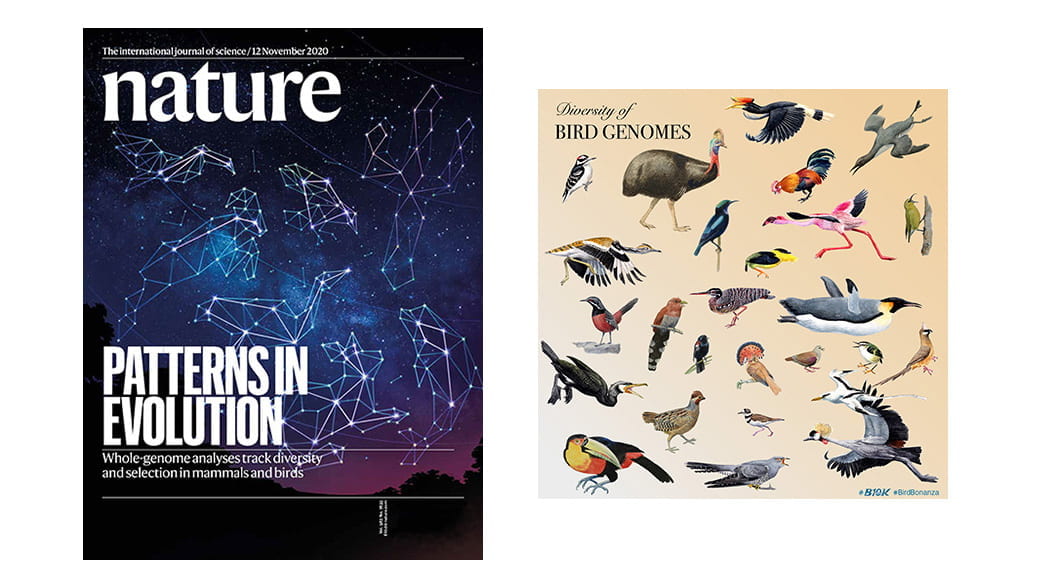
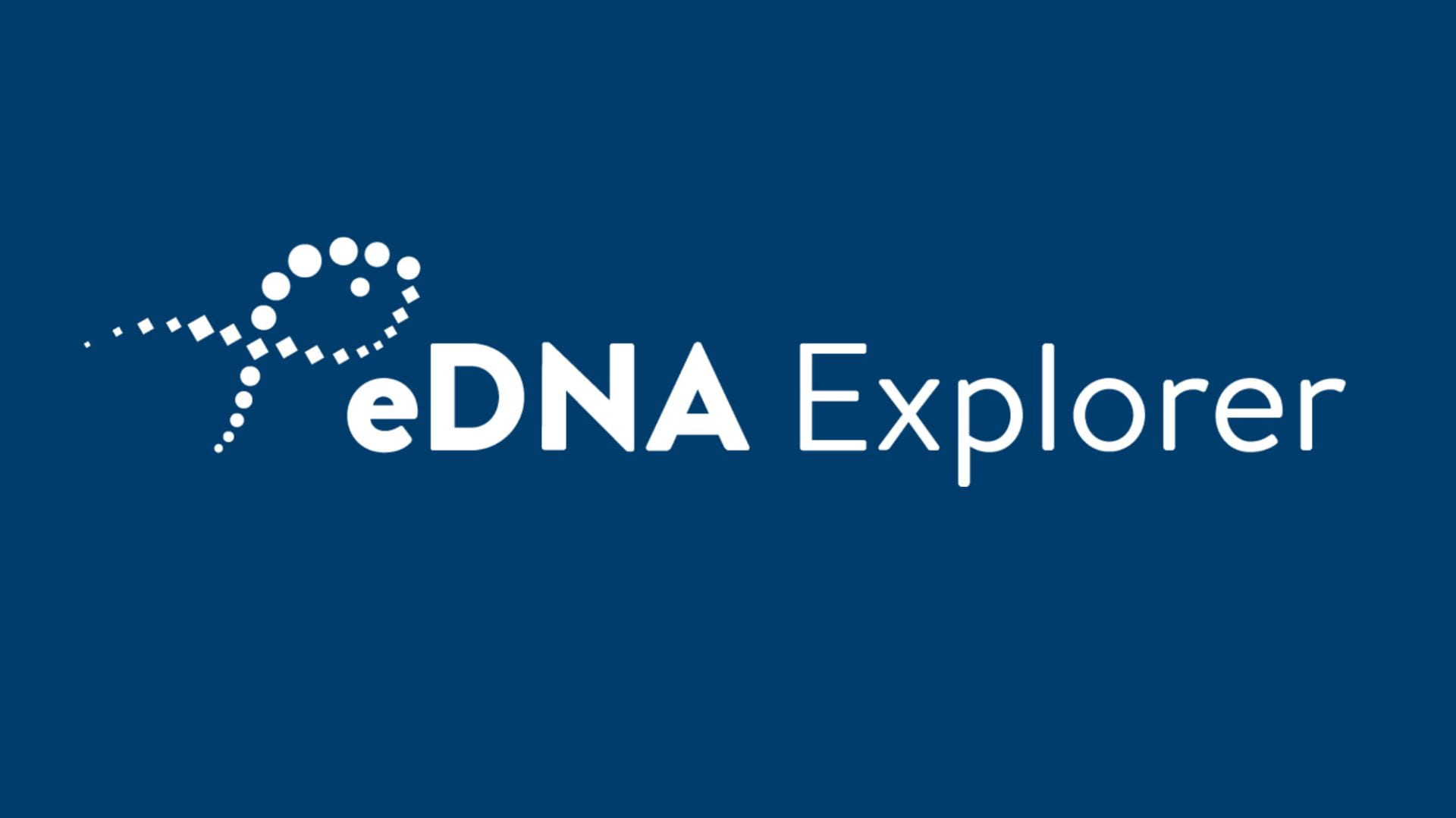
eDNA Explorer
eDNA Explorer is a new tool that will help people in conservation and ecology manage environmental DNA and other ecological data, analyze their data, learn what others are doing, and build a collaborative network. It will integrate different datasets and present them in interactive ways to help people learn, design studies, and evaluate results. The first version of this tool will focus on exploring the Los Angeles River watershed, but eventually will broaden functionality.
Conservation News
Colossal pledges $500K to the UCSC Genomics Institute to support paleogenomics
Colossal, a company that seeks to bring the mammoth and dodo bird back from extinction, is expanding its support for ancient DNA academic collaborations by pledging a gift of $500K to the UCSC Genomics Institute.
David Haussler receives Lifetime Achievement Award, Holger Schmidt awarded Innovator of the Year
April 15, 2024 By Sandra Messick, Rose Miyatsu, Emily Cerf The 2023 recipients of the Chancellor's Innovation Impact Awards were honored April 11. From left - front row: Chancellor Cynthia Larive, Holger Schmidt, Campus Provost and Executive Vice Chancellor Lori...
Genomics on the ground level
Russ Corbett-Detig and Eric Enbody at the Society for Molecular Biology and Evolution in Ferria, Italy, 2023. By Krizia Chambers One of the biggest current challenges in genomics research is figuring out how to make vast amounts of genomic data available to the people...
